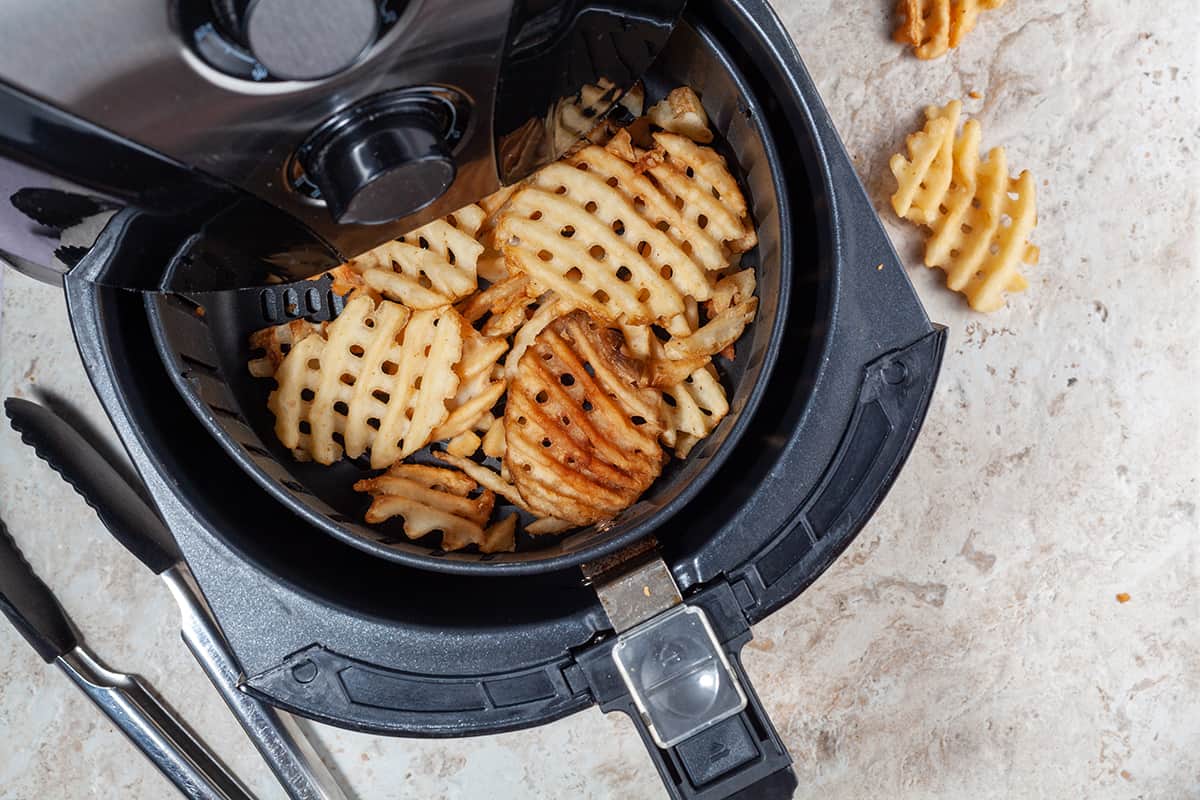Andi Nasruddin
Posts by Andi Nasruddin:
Gas stoves are an essential part of our kitchens, helping us cook tasty meals every day. But like all machines, they can sometimes have problems. When a gas stove isn’t working correctly, it can be frustrating, and it can also be unsafe. It’s therefore important to know how to identify and solve common gas stove problems.
Assuming an electricity rate of $0.23 per kWh, the cost of running a slow cooker is as follows: Low (75 to 150 watts)—$0.02 to $0.03 per hour. High (150 to 210 watts)—$0.03 to $0.05 per hour. The exact cost to run your slow cooker depends on how many watts it draws and the electricity rate.
Pressure cookers are versatile appliances use high pressure to cook food quickly, lock in flavors, and retain nutrients. As a beginner, you may feel overwhelmed by the many features and functions of a pressure cooker, but with the right guidance, you’ll be a pressure cooking pro in no time.
Ovens are an essential part of any kitchen, helping us cook delicious meals for ourselves and our loved ones. However, keeping them clean can sometimes be a challenge. When we cook, food particles, grease, and other residue can build up inside the oven, affecting its performance and even causing unpleasant odors.
The “stove eye” is the part of the stove where heat is produced—a.k.a., the burner. This term is usually associated with certain stoves brands. It generates heat by either electricity or gas, where heat is regulated via a control knob.
With a slow cooker, you can create mouth to watering dishes by cooking food at a low temperature over an extended period of time. This method of cooking allows flavors to meld together, creating delicious, tender results with minimal effort.
Air fryers typically weigh between 8 and 20 pounds, depending on size, materials, and extra features. Smaller, compact models are lighter, while larger air fryers with more features are heavier. To find the right weight for your kitchen, consider available space, portability needs, and desired features.
Although it may be tempting to leave your Instant Pot unattended for the sake of convenience, it is not recommended. The manufacturer specifically advises against this practice due to potential safety risks. In essence, the potential hazards outweigh the benefits of unmonitored pressure cooking.
The best type of cooking oils to use in an air fryer are those with a high smoke point—i.e., the temperature it takes before it begins to release smoke. Examples include avocado oil and culture oil.
Rust in an air fryer’s food basket is caused by exposure to moisture and oxygen. To prevent rust, thoroughly clean and dry the basket after each use, store it in a dry place, and consider using protective coatings or accessories.
Yes, you can put things on top of a toaster oven, but be careful. Only use heat-resistant materials like silicone, metal, or ceramic. Avoid flammable items like paper or cloth, and temperature-sensitive things like plastic or electronics.
Yes, you can overfill an air fryer, which can lead to unevenly cooked food, longer cooking times, and potential safety hazards. Make sure to follow the manufacturer’s guidelines for your air fryer’s capacity to ensure proper cooking results.











